Lego bricks stack detection with inexpensive hardware
Cubio is a low-budget platform for LEGO bricks to enable sensing of stacking levels.
We explored the design space with various applications showing the capabilities of Cubio in different contexts such as 3D modeling, urban planning, and interaction with smart appliances.
This project was made at MIT Media Lab Fluid Interfaces group.



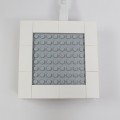
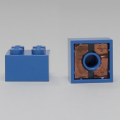

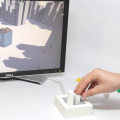
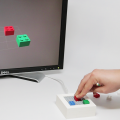
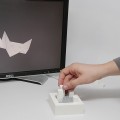
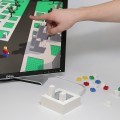
How is it made?

Our approach consists of modifying existing LEGO blocks by adding thin layers of copper and a single resistor. By measuring the overall resistance at each point of an 8x8 Lego base plate we are able to sense the bricks location and stacking level.
The intention was to keep the user experience where children have building blocks to express their creativity and begin to play with ideas from the field of organization and architecture. Simultaneously, we allowed all the freedom and interaction level of virtual environments. An important factor is that LEGO bricks have explicit design affordance, they can be stacked constrained by rules provided by the design of the brick and also be arranged to create a wide variety of solid structures.
Acknowledgement
If you would want to cite Cubio in a research paper, please use:
@inproceedings{cubio:teyssier,
title={Cubio: A Low-Budget Platform for Exploring Stackable Interactions},
author={Marc Teyssier, Lucas Silva, Pattie Maes, Ira Winder },
booktitle={Unpublished},
year={2014},
organization={}
} Publication
Cubio: A Low-Budget Platform for Exploring Stackable Interactions Marc Teyssier, Lucas Silva, Pattie Maes, Ira Winder Unpublished work; 08/2014 PDF ↵